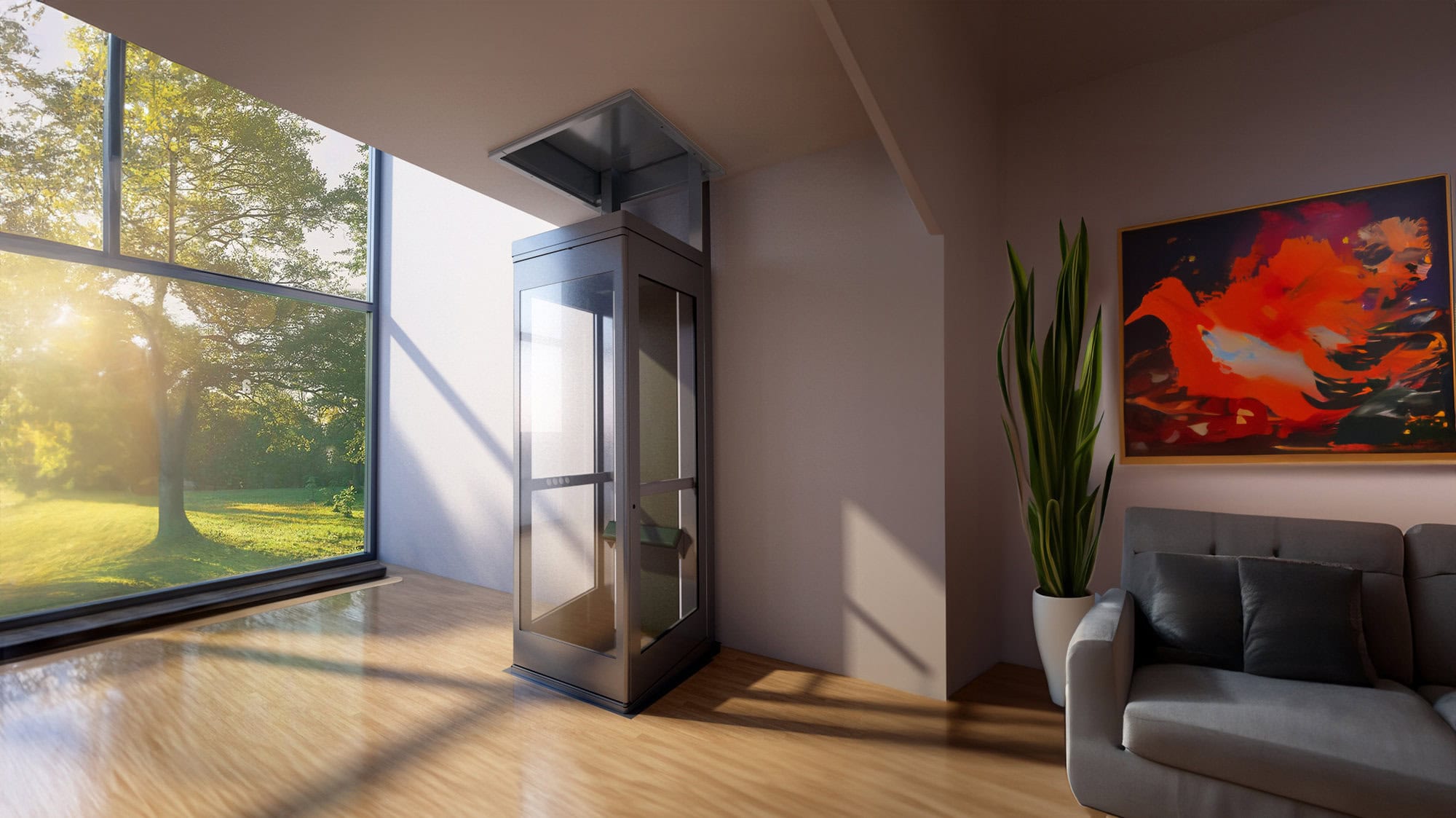Discover the Best Disabled Platform Lifts Prices UK for Residential and Commercial Usage
Discover the Best Disabled Platform Lifts Prices UK for Residential and Commercial Usage
Blog Article
Delving Into the Globe of Lifts: Usual Problems Encountered by Various Lift Mechanisms
As we navigate with the upright transport systems of modern-day structures, lifts stand out as a vital element of our everyday lives. From hydraulic elevators to traction systems and machine-room-less designs, each lift type comes with its collection of common problems.
Hydraulic Lifts
Hydraulic lifts, usually favored for low-rise structures, utilize fluid pressure to manage the movement of the elevator cars and truck (lift repair companies). This system includes a hydraulic pump pushing oil into a cyndrical tube, triggering the elevator to move in the wanted instructions. While hydraulic lifts are known for their silent and smooth operation, they do include their very own collection of usual problems
One prevalent issue with hydraulic lifts is oil leakage. Furthermore, issues with the control system, such as defective valves or a malfunctioning pump, can cause disruptions in the elevator's motion.
Normal upkeep and timely fixings are necessary to guarantee the smooth performance of hydraulic lifts. By addressing these common concerns proactively, structure proprietors can minimize downtime and ensure the safety and efficiency of their upright transport system.
Grip Lifts
When thinking about vertical transport systems in structures, another common kind other than hydraulic elevators is the traction lift. Grip lifts run using a system of ropes and weights that move the lift cars and truck by gripping onto the hoist ropes. This mechanism permits smoother and faster vertical transport contrasted to hydraulic systems.
Among the typical issues faced by traction elevators is rope wear. The constant movement of the ropes within the grip system can result in tear and put on over time, potentially creating the lift to breakdown or come to be dangerous for use. Routine inspections and maintenance of the ropes are crucial to ensure the lift's proper performance and safety and security.
One more concern that traction elevators might run into is connected to the control system. Problems with the control system can bring about issues such as erratic activity, delays in feedback times, or also complete closures. Normal screening and maintenance of the control system are essential to stop such concerns and guarantee the elevator's integrity.
Machine-Room-Less (MRL) Lifts

One of the crucial parts of MRL elevators is the compact gearless traction device that is mounted within the hoistway. This maker successfully drives the elevator vehicle without the requirement for bulky equipment located in traditional grip lifts. Furthermore, MRL lifts commonly use a counterweight system to stabilize the car, more boosting their power efficiency.
Regardless of their benefits, MRL elevators might face obstacles associated with repair and maintenance due to the confined room for tools installment. Ease of access for servicing components within the shaft can be limited, needing specialized training for professionals. Appropriate upkeep timetables find out and regular assessments are important to make sure the ongoing smooth procedure of MRL lifts.
Overloading and Weight Restriction Issues
Are lifts equipped to handle excess weight lots efficiently and safely? Overwhelming and weight restriction problems are vital problems in elevator procedures. Lift suppliers layout raises with details weight capabilities to make certain guest safety and security and devices durability. Surpassing these weight restrictions can result in various problems, consisting of mechanical failures, hold-ups, and safety risks.
When click this lifts are strained, it puts extreme strain on the electric motor, cables, and other elements, potentially triggering failures or malfunctions. If they identify excess weight, security systems such as sensors and overload sensing units are in place to avoid elevators from moving. In addition, exceeding weight limits can lead to raised energy intake and damage on the lift system.
To mitigate overloading concerns, building supervisors must plainly display weight limits in elevators and inform passengers on the relevance of sticking to these constraints - lift repair companies. Routine maintenance checks by certified specialists can additionally help ensure that lifts are operating within risk-free weight parameters. By addressing overloading and weight limitation problems proactively, building proprietors can boost elevator security and efficiency
Electrical System Failings
Exceeding weight restrictions in lifts can not only bring about mechanical problems but likewise potentially add to electric system failures within the lift facilities. Electrical system failures are a vital issue in lift operation, as they can cause unexpected shutdowns, breakdowns, or perhaps security dangers. One typical electric problem is the overheating of components pop over to this web-site due to too much existing circulation created by straining the elevator past its capability. This can lead to harm to the motor, electrical wiring, or control systems, causing expensive repair services and downtime.
In addition, power rises or changes in the electrical supply can likewise disrupt the elevator's procedure, influencing its performance and security. These electric disruptions can damage sensitive elevator elements such as control panels, motherboard, or sensors, bring about system failures. Routine upkeep and evaluations are crucial to recognize and attend to potential electric problems quickly, ensuring the risk-free and reliable operation of lift systems. By sticking to weight limitations and conducting routine electrical system checks, structure owners can minimize the threat of electrical failings in elevators.
Verdict

Hydraulic elevators, usually preferred for low-rise buildings, utilize fluid pressure to control the motion of the elevator car.When thinking about vertical transportation systems in structures, another common type apart from hydraulic elevators is the grip elevator. Traction lifts run making use of a system of ropes and weights that relocate the lift cars and truck by gripping onto the hoist ropes. Unlike typical lifts that need a different device area to house the devices, MRL elevators incorporate many of the elements within the shaft, getting rid of the need for a committed equipment space.In verdict, lifts encounter common issues such as hydraulic breakdowns, traction system failings, and electrical system problems.
Report this page